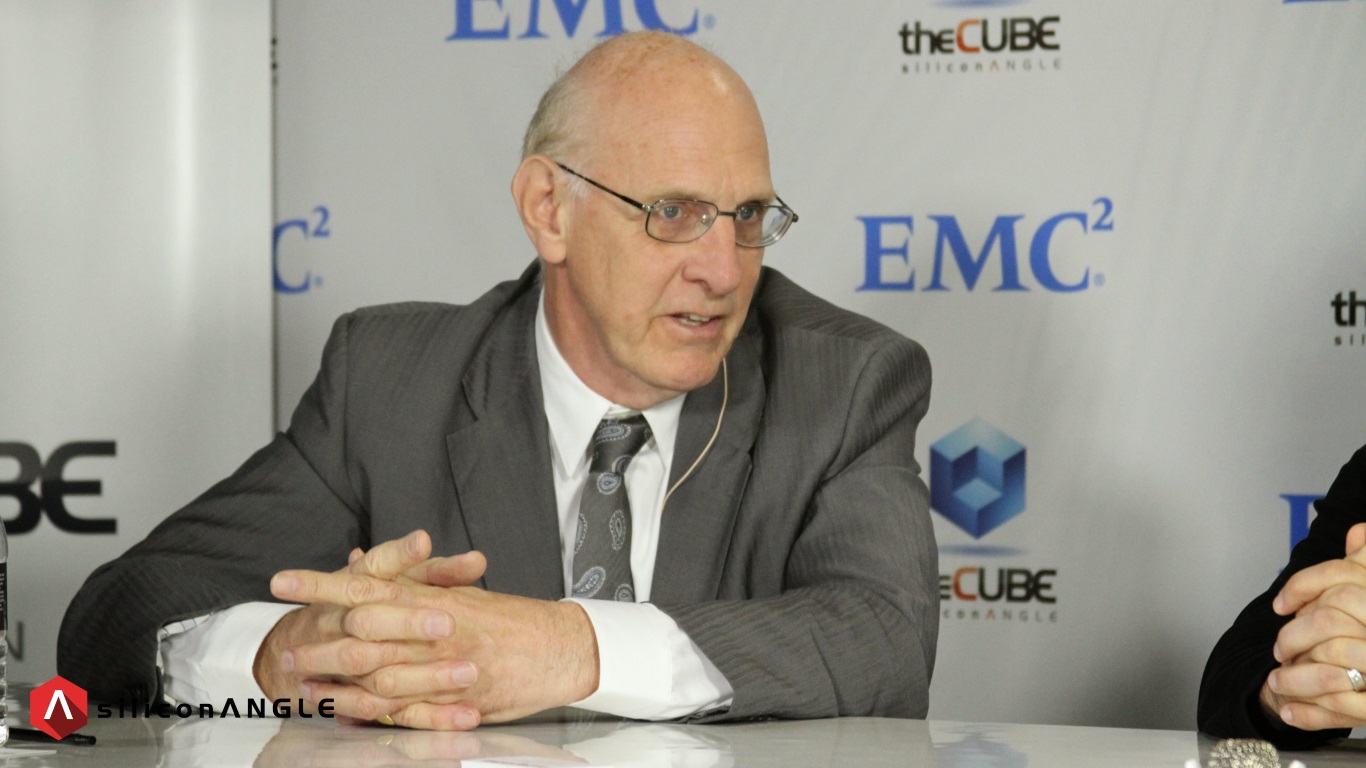 NEWS
NEWS
 NEWS
NEWS
 NEWS
NEWS
![]() As the price of flash storage continues to drop versus spinning disk and as flash technology proves itself to be at least as dependable as disk, organizations are beginning to move to flash for more applications. While the flash vendors claim that the cost of the medium is roughly equal to high-performance disk, that claim is only true with the use of aggressive compression and de-duplication, and these data reduction (DRe) technologies work better with some kinds of data than with others while also impacting system performance. On a per-megabyte of storage basis, flash still looks much more expensive to the CFO.
As the price of flash storage continues to drop versus spinning disk and as flash technology proves itself to be at least as dependable as disk, organizations are beginning to move to flash for more applications. While the flash vendors claim that the cost of the medium is roughly equal to high-performance disk, that claim is only true with the use of aggressive compression and de-duplication, and these data reduction (DRe) technologies work better with some kinds of data than with others while also impacting system performance. On a per-megabyte of storage basis, flash still looks much more expensive to the CFO.
One important aspect of this discussion that is not always considered is the impact of faster response times on employee productivity. Studies going back to 1982 have consistently demonstrated the direct relationship between faster computer response times and increases in end-user productivity, writes Wikibon CTO David Floyer in “The Potential Business Value of Low-latency Flash”. He cites a 2013 Wikibon case study of Revere Electric Supply Co., an early all-flash adopter, that quantified a 10 percent increase in revenue growth with no increase in headcount in the three years after it moved its Epicor Eclypse ERP system to an all-flash array. It estimated that it generated more than $1 million in business savings over three years.
Floyer compares five storage configurations by performance and relative cost:
The third system reduces the amount of storage needed by a factor of four and decreases the number of servers required as well, decreasing software, environmental and operational support costs. As a result, this, and not the all-spinning disk array, is the lowest cost. System five is by far the most expensive but provides the fastest response times and therefore the greatest increase in user productivity. This should be factored into the financial decision of what kind of array should be selected. As a result, Wikibon strongly recommends that enterprises migrate to an all-flash storage environment starting with key business database systems.
Floyer’s full analysis is available without charge on the new Wikibon Premium Web site.
THANK YOU